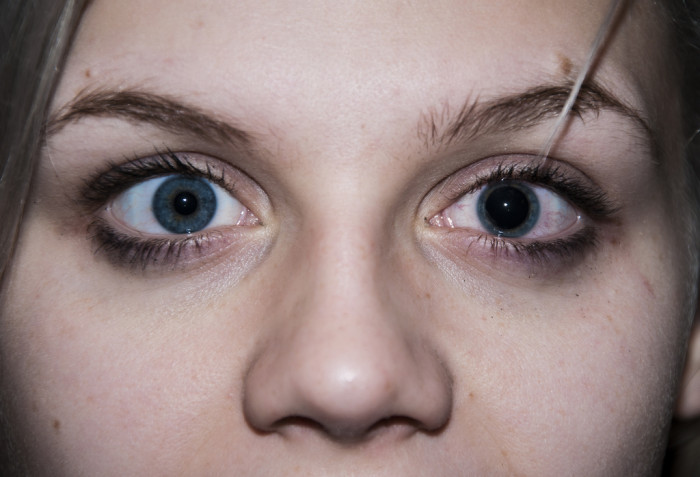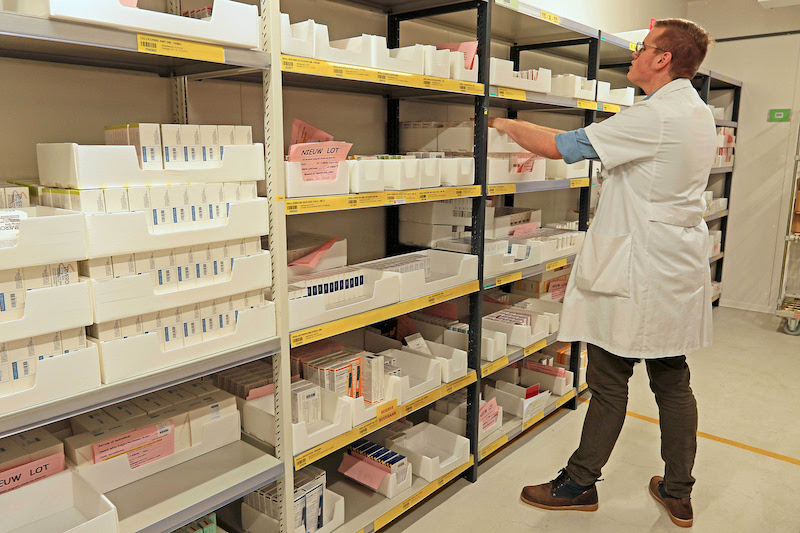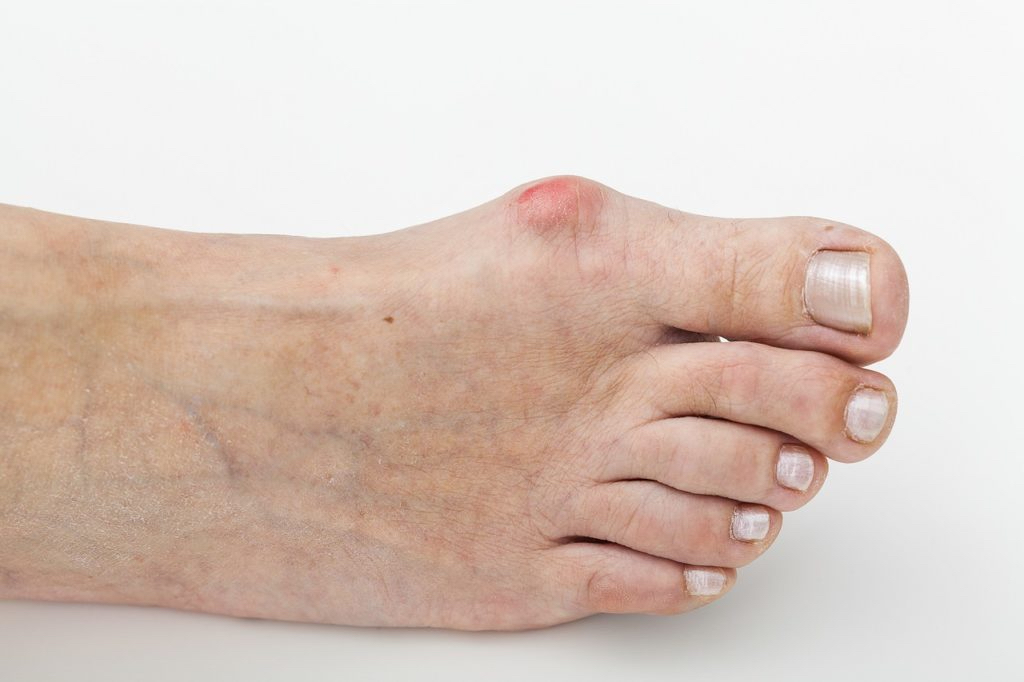
Eye drops, are they necessary to dilate the pupil?
One of the things children fear the most when they visit the ophthalmologist is when they put on those “dreaded” eye drops, yes the ones that “sting a bit”. This is when the question arises, are they really necessary? What are they for?
The drops are used for two purposes, on one hand they expand the pupil so that through it, the back of the eye can be examined in its entirety. When looking through a very small hole, our vision is very limited, but when that hole is enlarged, the pupil dilates, we can better see the entirety of the eye and discard the existence of problems that, if passed unnoticed, could result in severe consequences, such as; congenital cataracts, tumors in the retina, congenital diseases, etc … Nowadays there are certain technological systems that can provide similar information without having to dilate the pupil and this is what leads to confusion, as many people think that it is no longer necessary to use the drops, which is totally false and the result of poorly understood commercial marketing.
The second and main objective of eye drops is the paralysis of what we call accommodation mechanisms, that is, those systems that enable children to strain their eyes to focus and that can result in false eye prescriptions. Hence, to exactly determine a patient’s eye prescription, especially for children, it is necessary use these drops to dilate but most importantly to determine the refractive situation of the patient, that is, if they need spectacles or not.
This is not only applicable to children, but also for all adults who are going to undergo refractive surgery, where knowing the exact eye prescription of the patient is crucial. In this case these drops are also used to know their prescription with total accuracy.
Inaccurate eye prescription
In children the use of these drops is absolutely. In adults the power of accommodation (the effort made to focus) decreases with age, while children are able to make this effort without apparent difficulty, which is why we can have a incorrect eye prescription if we do not dilate the pupil, since even the latest automatic refractometer technology can be cheated when it comes to a child.
Sometimes it is even necessary to use these drops more than one at intervals of a few minutes and sometimes even a more powerful type of eye drops to maximize the effect and get an accurate result, especially in patients with strabismus. In these cases it is critical to properly examine the back of the eye to establish whether the patients needs to start using spectacles or undergo surgery.
Obviously these drops should always be applied by an ophthalmologist under strict medical supervision, since they will be able to determine which ones can be used in each patient and they might not be recommended to be used in certain cases.
The eye drops effects can last from a few hours up to a few days and include; photophobia (due to the dilated pupil) and difficulty in eyesight focusing and reading.
Therefore do not be afraid, these eye drops are the only way to exactly determine the eye prescription of an individual without making any mistakes and it is the right way to determine if a patient suffers from any other eye problem.
Dr. Carlos Laria Ochaita
National Head of Pediatric Ophthalmology and Strabismus Unit




